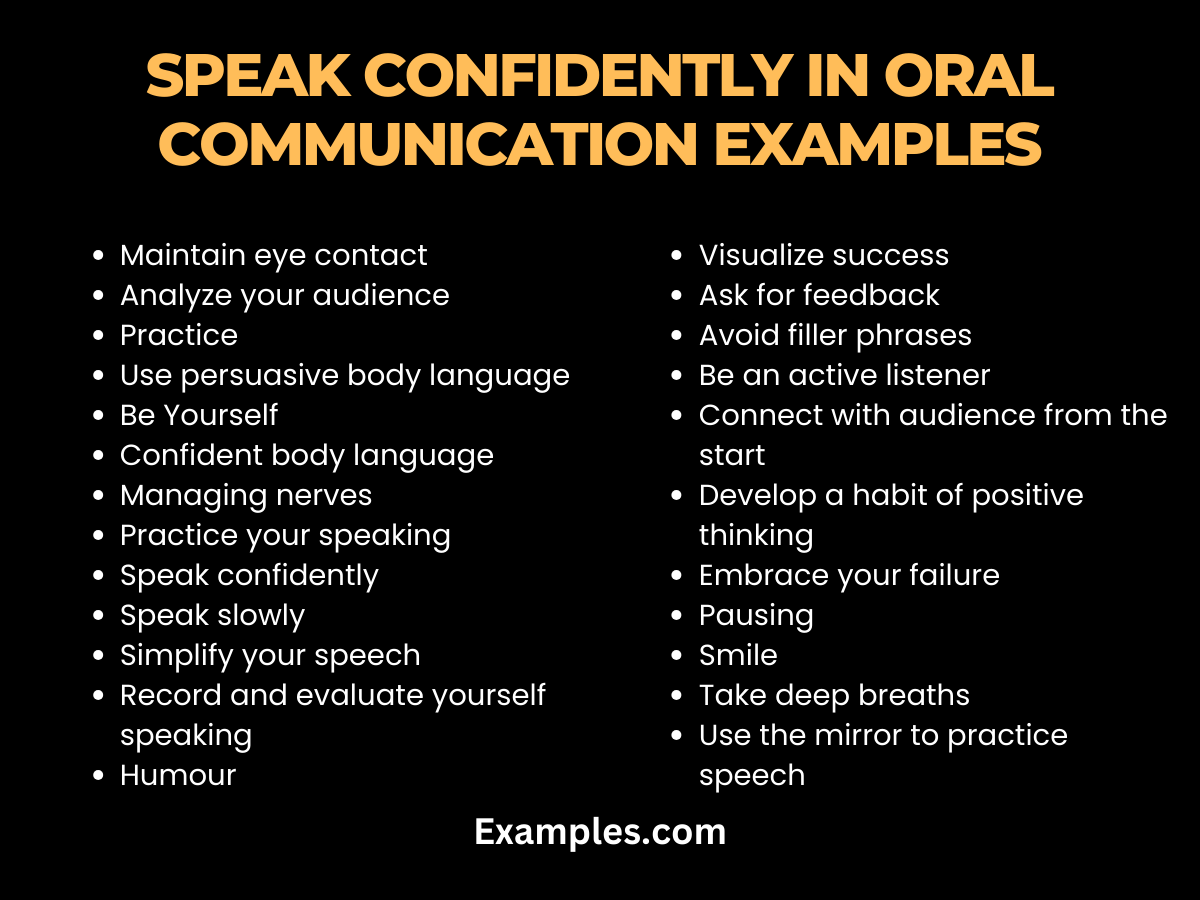How To Speak Confidently In Office

In the modern workplace, the ability to communicate confidently is no longer a mere asset; it's a necessity. Many professionals find themselves grappling with anxieties that hinder their ability to articulate ideas effectively, participate actively in meetings, and present themselves as competent leaders.
This silence, born of fear or uncertainty, can stunt career growth and limit contributions to vital workplace conversations.
This article delves into actionable strategies for cultivating confident communication in the office environment. We'll explore techniques for managing anxiety, structuring your thoughts, mastering nonverbal cues, and building a powerful presence that commands attention and respect.
From understanding the root causes of communication apprehension to practical exercises that boost self-assurance, this guide aims to equip you with the tools to speak up and be heard.
Understanding the Roots of Workplace Communication Anxiety
Workplace communication anxiety stems from a variety of sources. Often, it's rooted in fear of judgement or negative evaluation, a phenomenon psychologists call social anxiety.
A 2018 study published in the Journal of Social Psychology found that individuals with high levels of social anxiety were significantly more likely to avoid speaking in group settings.
Other contributing factors include imposter syndrome, lack of preparation, and negative past experiences.
Practical Strategies for Building Confidence
The first step towards confident communication is preparation. Thoroughly researching your topic and organizing your thoughts beforehand can significantly reduce anxiety.
Create an outline, practice your delivery, and anticipate potential questions. This preparation not only boosts your confidence but also demonstrates your commitment and expertise.
Another crucial technique is mindfulness. Practicing mindfulness exercises, such as deep breathing or meditation, can help you manage anxiety in the moment.
Mastering Nonverbal Communication
Your body language speaks volumes, often even louder than your words. Maintain eye contact to convey sincerity and engagement.
Stand or sit tall with good posture to project confidence. According to Dr. Amy Cuddy, a Harvard social psychologist, adopting a "power pose" for just two minutes can actually increase feelings of confidence and reduce stress hormones.
Use hand gestures purposefully to emphasize your points, but avoid fidgeting, which can signal nervousness.
The Power of Active Listening
Confident communication isn't just about speaking; it's also about listening. Active listening demonstrates respect and fosters connection with your colleagues.
Pay attention to what others are saying, ask clarifying questions, and summarize their points to ensure understanding. This not only helps you grasp the conversation but also shows that you value their input.
It also buys you time to formulate your own response.
Embracing Vulnerability and Imperfection
It's important to remember that no one is perfect, and making mistakes is a natural part of the learning process. Don't be afraid to admit when you don't know something.
Acknowledge errors gracefully and learn from them. Embracing vulnerability can actually make you more relatable and trustworthy, according to Brené Brown, a research professor at the University of Houston.
Instead of striving for flawlessness, focus on authentic and honest communication.
Seeking Feedback and Mentorship
Actively seek feedback from trusted colleagues or mentors. Ask for constructive criticism on your communication style and areas for improvement.
Consider joining a public speaking group like Toastmasters International, which provides a supportive environment for practicing and refining your skills. Mentorship can provide invaluable guidance and support as you navigate workplace communication challenges.
Furthermore, consider recording yourself during practice presentations to identify areas where you can improve your body language or vocal delivery.
Looking Ahead: Creating a Culture of Confident Communication
Ultimately, fostering confident communication in the office requires a collective effort. Organizations should prioritize creating a safe and supportive environment where employees feel comfortable sharing their ideas and perspectives.
Training programs on communication skills, conflict resolution, and active listening can empower employees to communicate effectively and respectfully.
By investing in these initiatives, companies can cultivate a culture where confident communication thrives, leading to greater collaboration, innovation, and overall success.


















